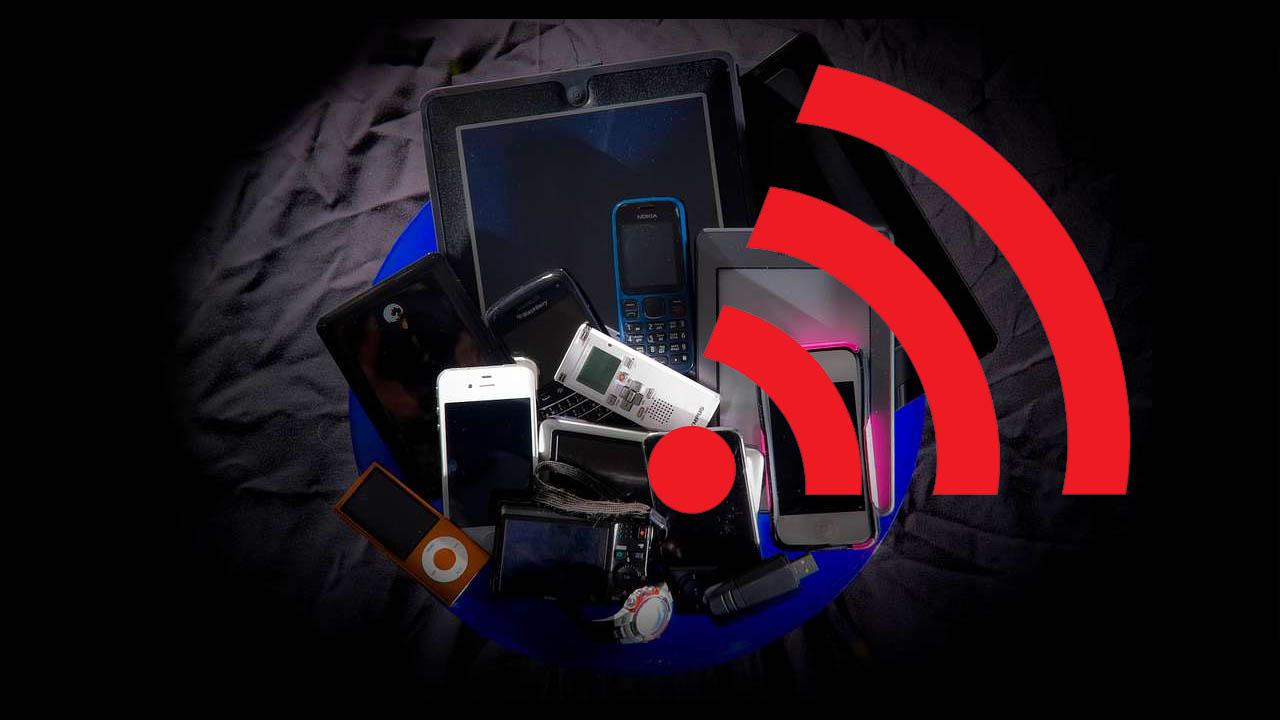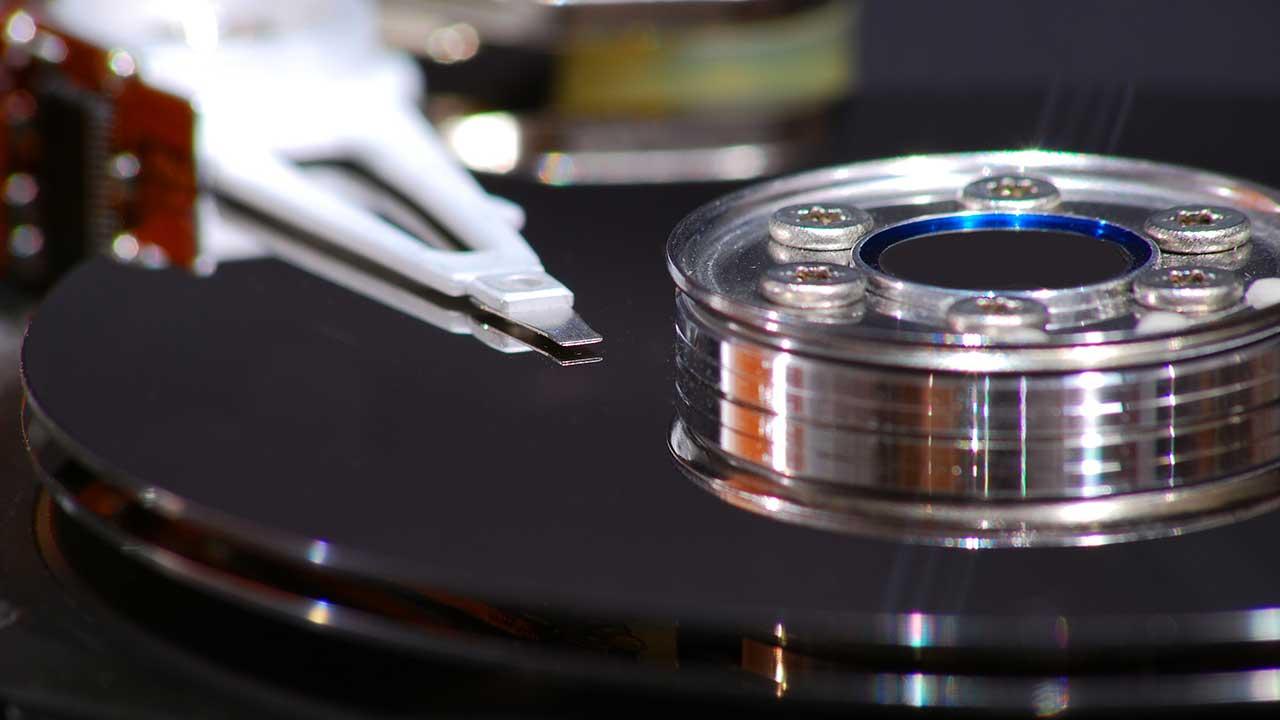Problems with the wireless connection can be for many reasons. One of them is connecting too many devices to the network. And this is something that is very present currently, since we have more and more home automation devices, such as plugs or light bulbs, and that overloads the connection. But can you do something to avoid problems? We are going to give you some very useful advice that you can put into practice in a simple way.
The objective is that you can have more devices connected to the network, without having problems with instability and outages. As you connect more devices, errors may appear. You can always use the configuration and avoid additional problems, as we are going to explain to you.
Use the 5 GHz band
The advice is to use the 5 GHz frequency. Most routers, as well as the devices we use on the network, operate using dual band. This means that you can connect them to the 2.4 GHz frequency, but also to the 5 GHz frequency. Each of them has its advantages and disadvantages.
The first option, 2.4 GHz, is the one with the greatest coverage. It is useful for connecting devices from further away. Of course, it is also slower. Especially, home automation devices will use this frequency. But of course, it is the one that is most easily saturated, since it is also a frequency used by Bluetooth devices or even devices such as a microwave or a cordless phone.
What you can do, whenever possible, is connect the devices to the 5 GHz frequency. You will be able to connect devices such as a computer, television, cell phone, etc. Any device that is dual band, you can connect it here and thus free up the 2.4 GHz frequency and avoid saturations.
Now, keep in mind the limitations that we have mentioned: 5 GHz has a shorter range compared to 2.4 GHz and is more sensitive to obstacles. On the other hand, they are the ones that will cause the least interference and problems in the wireless connection.

Locate your devices well
Beyond using the 5 GHz frequency, whenever possible, you should also locate your devices very well. This includes the router, logically. It is the key piece to be able to have connection. You need to connect it in a good place, from where it can distribute the connection correctly. Do not put it in a corner area of the house, nor near interference or objects that could block the signal.
Regarding the devices you are going to connect, such as a computer, television or anything, you should also locate them well. In this case, our advice is that you put them in a place where there is no interference, away from heat points and as close as possible to the access point, be it the router or any repeater you use.
In short, if you have problems with your Internet connection, and you have many devices connected, it may be due to saturation. Try to connect devices to the 5 GHz frequency, whenever possible, and you will prevent the network from becoming excessively congested. You can always see if your mobile is tri-band, since it could also work at 6 GHz.














